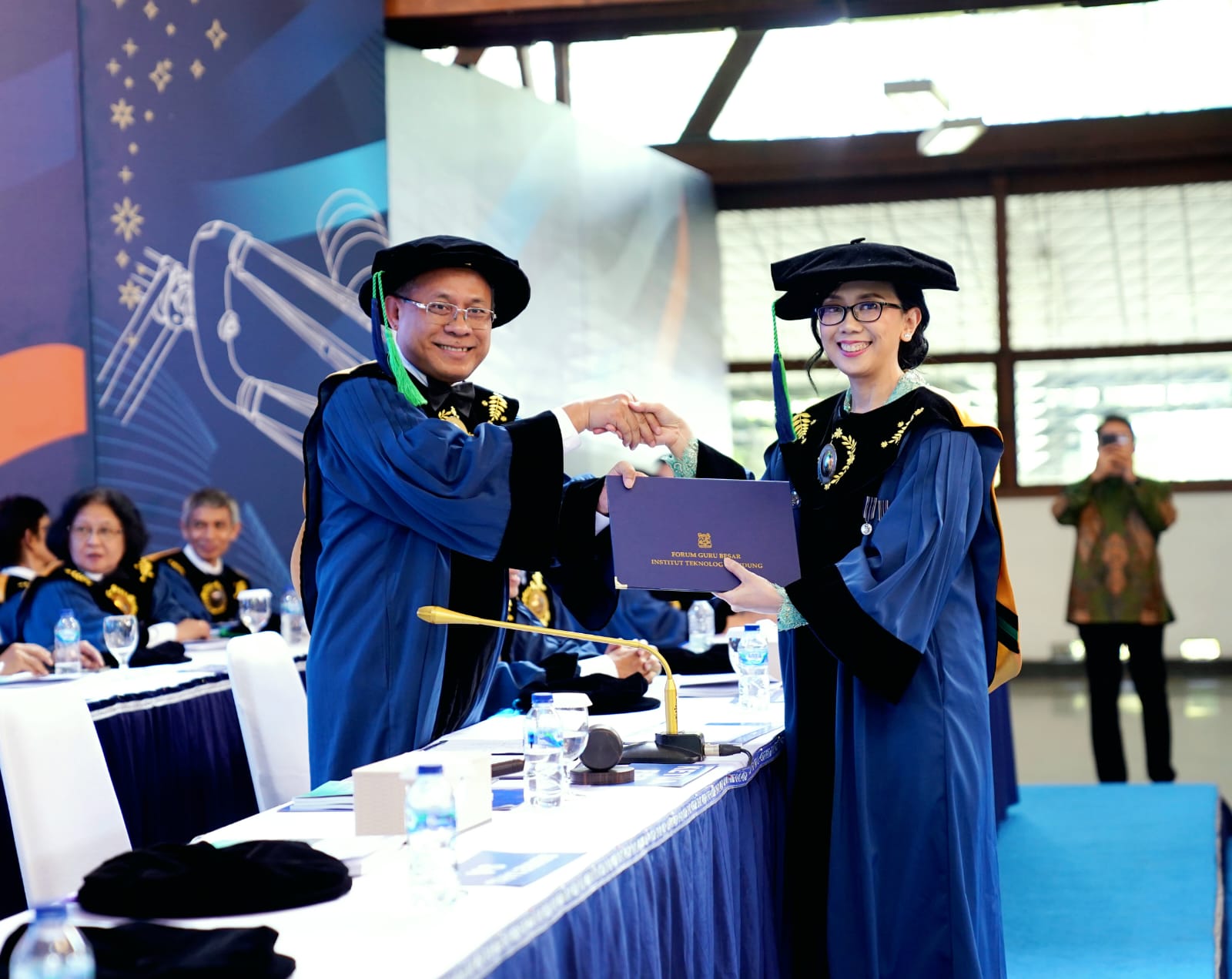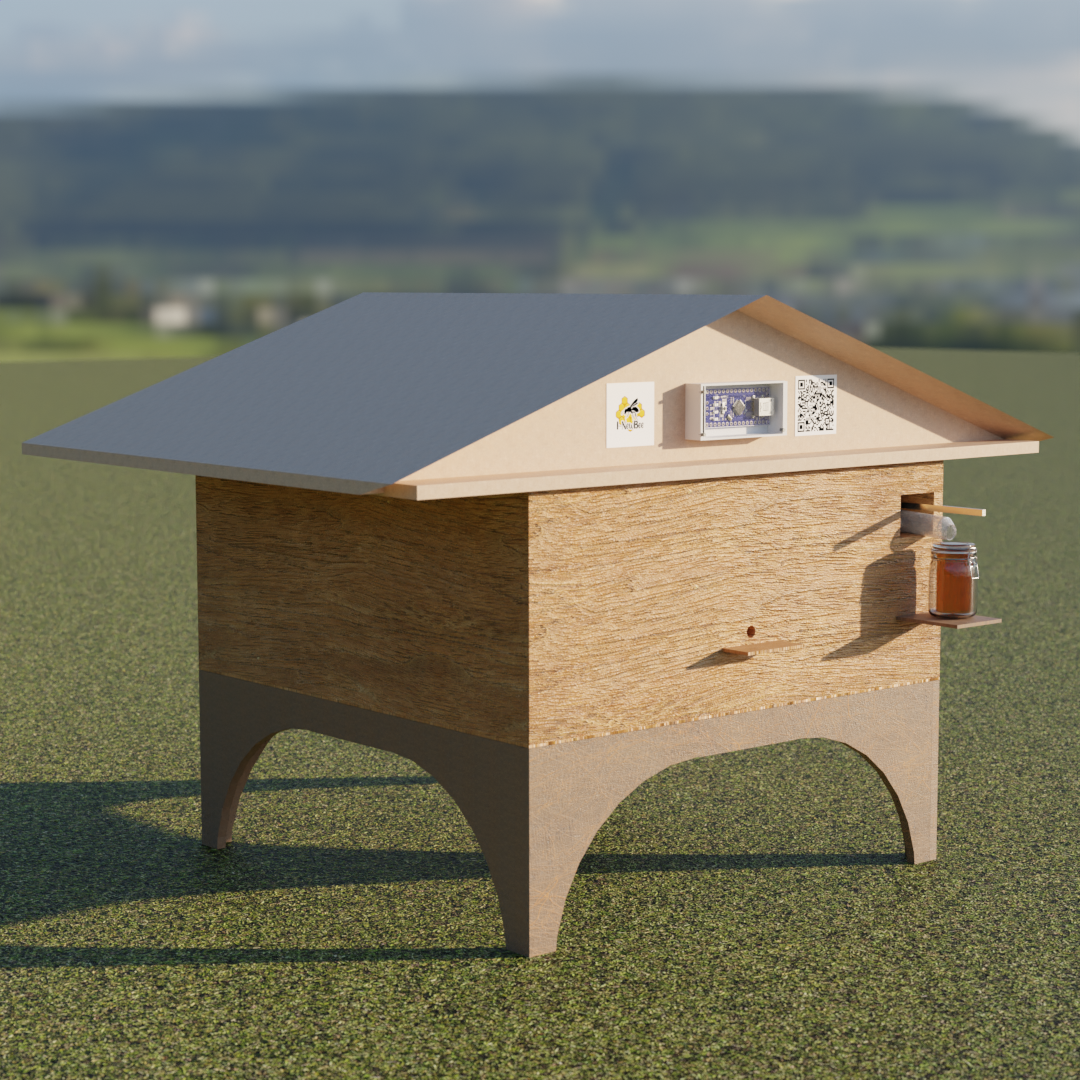ITB SAPPK Lecturer Designed Flexible Emergency Tents for Disaster Emergency
By Adi Permana
Editor Adi Permana

BANDUNG, itb.ac.id – During the last three-year Indonesia was struck by multiple natural disasters such as earthquakes, floods, and landslides. According to the National Board for Disaster Management (BNPB), from February 2020 to February 2021, there are approximately 3253 natural disasters that happened in Indonesia. According to the World Bank, Indonesia ranked as the 35th most disaster-prone country in the world. This shows that Indonesia needs to have good natural disaster readiness. To achieve this, we need to form a good collaboration between the government, academicians, and society.
ITB Institute for Research and Community Services (LPPM) which was led by Dr. Ing. Andry Widyowijatnoko, S.T., M.T., from the Building Technology Research Group, School of Architecture, Planning, and Policy Development (SAPPK), in collaboration with the Salman Charity House developed the design and a prototype of emergency tent that will be used during a natural disaster. This project was led by Andry Widyowijatnoko and his students, Abdul Azis and m. Isa Tsaqif was published at the Rekacipta ITB rubric edition Tuesday (25/1/2022). This rubric itself is a cooperation between LPPM ITB and Media Indonesia.
"The project managed to create two tent designs, a truss tunnel and lattice tunnel. The first design, the truss tunnel tent utilized a knock-down construction system. While the second tent, the lattice tunnel utilized lattice frame structure," explained Andry.
The frame in the truss tunnel tent design is assembled to form some arches that will act as a longitudinal tunnel with minimal elements and joints. The frame trusses are arranged to make a triangle, which is the most stable geometric structure. This tent is designed to be portable and modular to make it easier to carry and assemble. The design incorporated high-durability materials such as galvanized pipe for the frame, webbing rope for the bracing, and Cordura 1000D fabric for the membrane.
"The truss tunnel structure consists of five mainframes which are connected by horizontal elements, bracing ropes, and membranes. The mainframe that is designed to withstand the horizontal force is a combination of two interlocking bearing pipes. The horizontal elements, bracing ropes, and tent membranes acted as a lateral load in the longitudinal direction. The bracing ropes and the membranes also help to keep the structure intact," explained Andri.
The lattice tent incorporated the diagrid design in which the rigidity of the structure can be improved without adding more elements. The structure is designed to be lightweight, efficient to manufacture, and can better withstand lateral forces. The knock-down system is also implemented to simplify the main element modules. The tent uses two types of frames and has two openings at both ends of the tunnel.
The lattice design uses the same frame and rope bracing materials as the truss tunnel design. However, it uses Cordura 750D fabric for its membrane to reduce its weight. The diagrid shape allows for more flexible modification of the tent length.
"The advantages that those two tent designs have are better lateral capabilities and higher flexibility so to make it more suitable for disaster management such as volunteer post, emergency clinic, and emergency kitchen. The high ceiling also allows for higher air circulation," he added.
The design and prototype development phase combine the engineer's sophistication and blacksmith's practicality. The results were two prototypes of the knock-down tent system that are easy and cheap to mass-produce and practice. The main key to its efficient design is the minimal element variation modular system. The development of an emergency tent is needed to increase the resilience of Indonesia when faced with natural disasters.
*This article was published at Media Indonesia rubric Rekacipta ITB, the complete article can be read at
https://pengabdian.lppm.itb.ac.id
Reporter: Alvina Putri Nabilah (Biology, 2019)
Translator: Favian Aldilla R (Civil Engineering, 2019)

.jpg)

.jpg)
.jpg)
.jpg)


